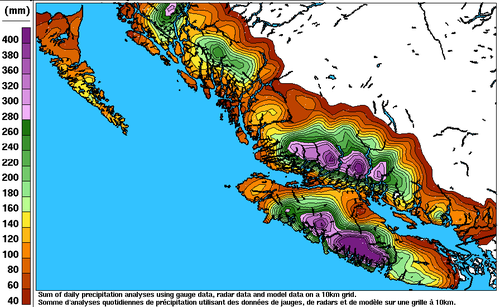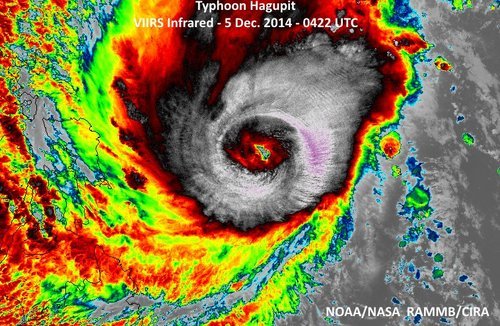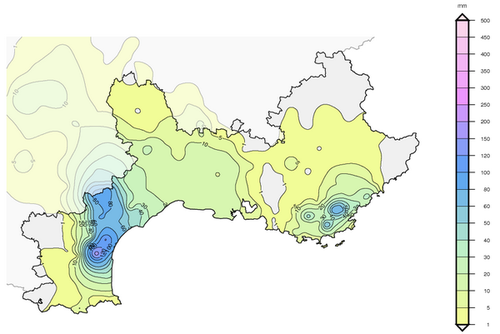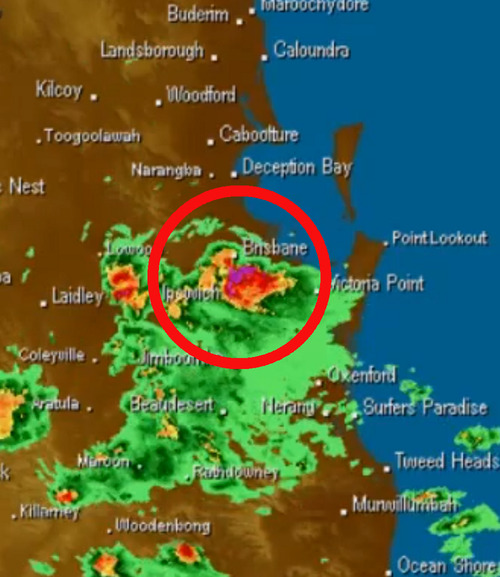Snow Squalls Paralyze Several Japanese Prefectures
This week’s Elsewhere in Weather News focuses on western side of the Japanese islands of Hokkaido and Honshu which have seen significant amounts of snow from a snowstorm that hit midweek.
An area of low pressure which was moving northeast along Japan’s west coast quickly deepened to a 949mb low and whipped Japanese islands with winds of 60 to 100km/h. These winds, combined with widespread amounts of 20-30mm of rain ahead of the system. By the time the low reached the northern islands of Japan, strong northwesterlies kicked in over Japan’s main island of Honshu. Cold Siberian air infiltrated in over the Sea of Japan behind the low which stalled out, creating prime conditions that would sustain the development of snow squalls for a long period of time.
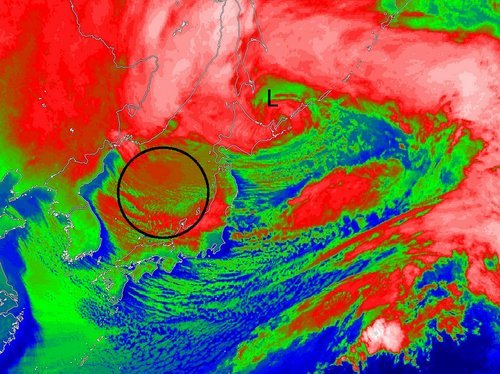
Snow squalls occur when cold air moves over a warm body of water, creating an unstable temperature profile. With the instability in place, snow squalls were able to from over the Sea of Japan and make their way to the western side of Honshu. Orography – the effect that terrain has in creating localized impacts on the weather – also played a role in providing additional lift which resulted in higher accumulations. The storm prompted blizzard warnings to be issued across 11 prefectures in western Honshu and Hokkaido.
These are the areas that saw the highest snowfall amounts recorded – accumulations generally ranged from 50cm to 120cm, but locally higher amounts were recorded near Niigata, Japan, up to 200cm. The storm caused 19 fatalities and forced cancellations of 600 flights across Japan.

